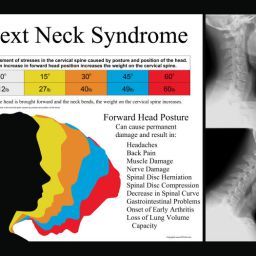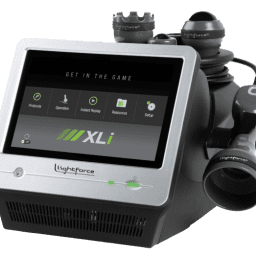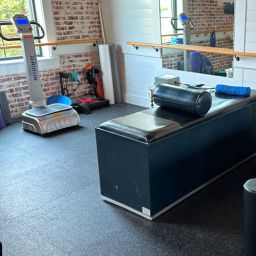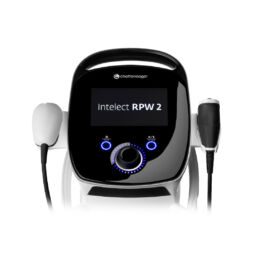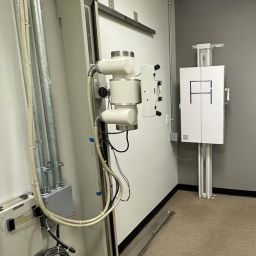Spinal Decompression Therapy can be a great option to reduce back and neck pain associated with many different conditions affecting the spine. Here are some simple facts about this treatment method which may help you to determine if this is the right option for you.
Spinal Decompression is a non-surgical treatment which stretches the spine and works just a bit differently to traditional traction methods. Traction methods work by stretching the spine. When this occurs, the muscles can spasm or respond by tightening, closing the spaces between the vertebra. The decompression method works by stretching the spine in ways that trick the paraspinal muscles (muscles within the spine) so they do not tighten or spasm during the process. The computerized decompression table does this by recording the body’s response to the stretching process and adapting the stretching process before muscle tightening occurs. The stretching process increases the spaces between the vertebra, allowing herniated discs to return to their original position. This releases pressure from the spinal nerves that are responsible for pain. It also allows the blood supply to return to the discs as well as nutrients and encourages the body’s natural healing process.
The long-term benefits that can be achieved with non-surgical decompression methods make it a more viable option than medications alone and are safer and more cost effective than surgical options.
Although this treatment is often used to treat back and neck pain caused by conditions such as herniated or bulging discs, it can also be used to treat a wide range of back, neck, and even body pain. For example, it can be used to treat conditions such as spinal arthritis and stenosis, sciatica, degenerative disc disease and leg pain amongst many others.

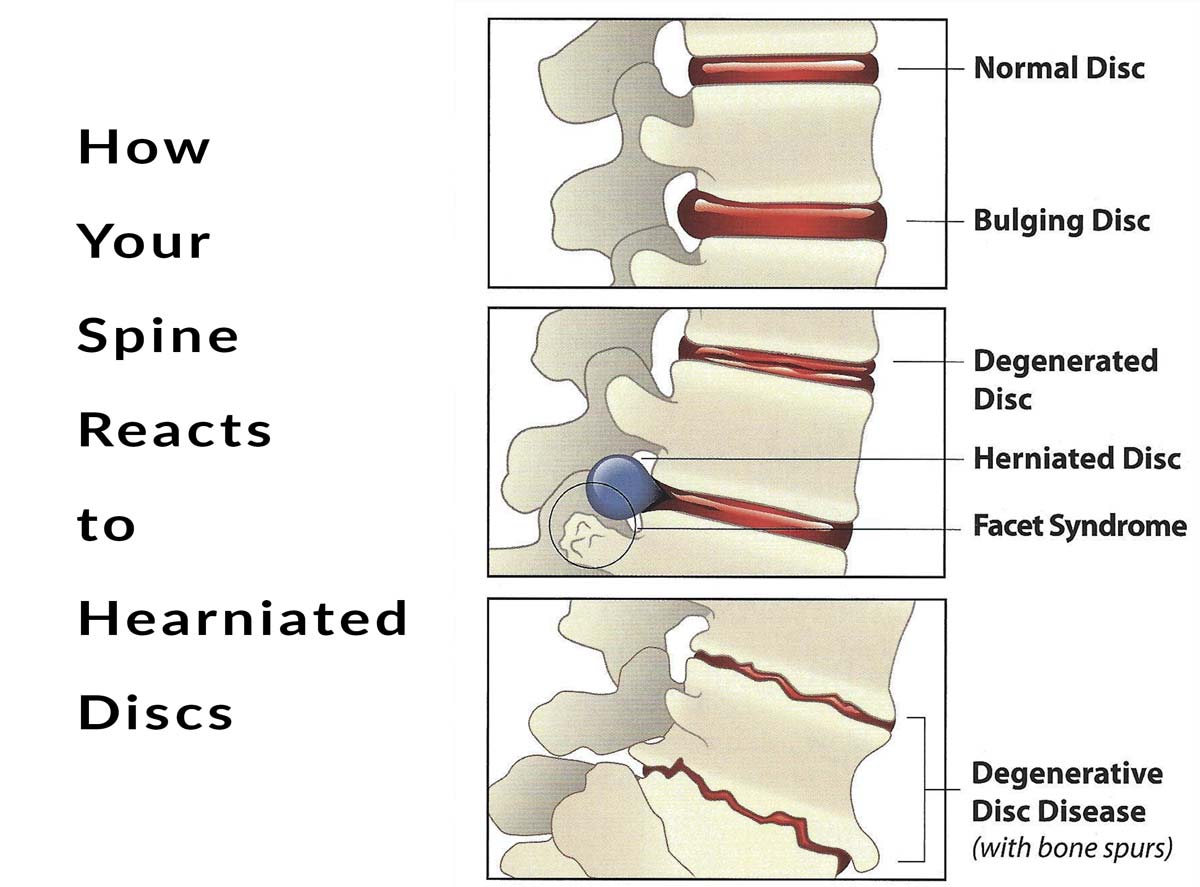
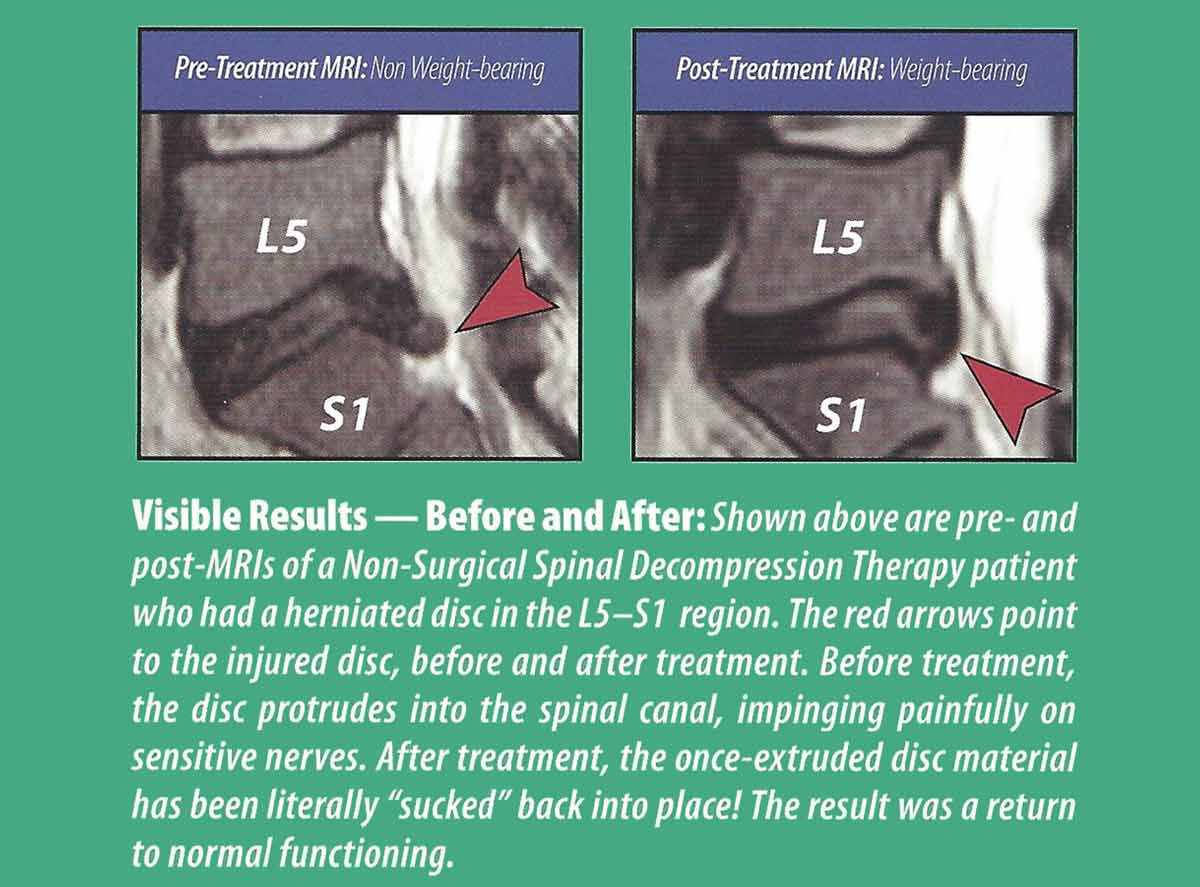
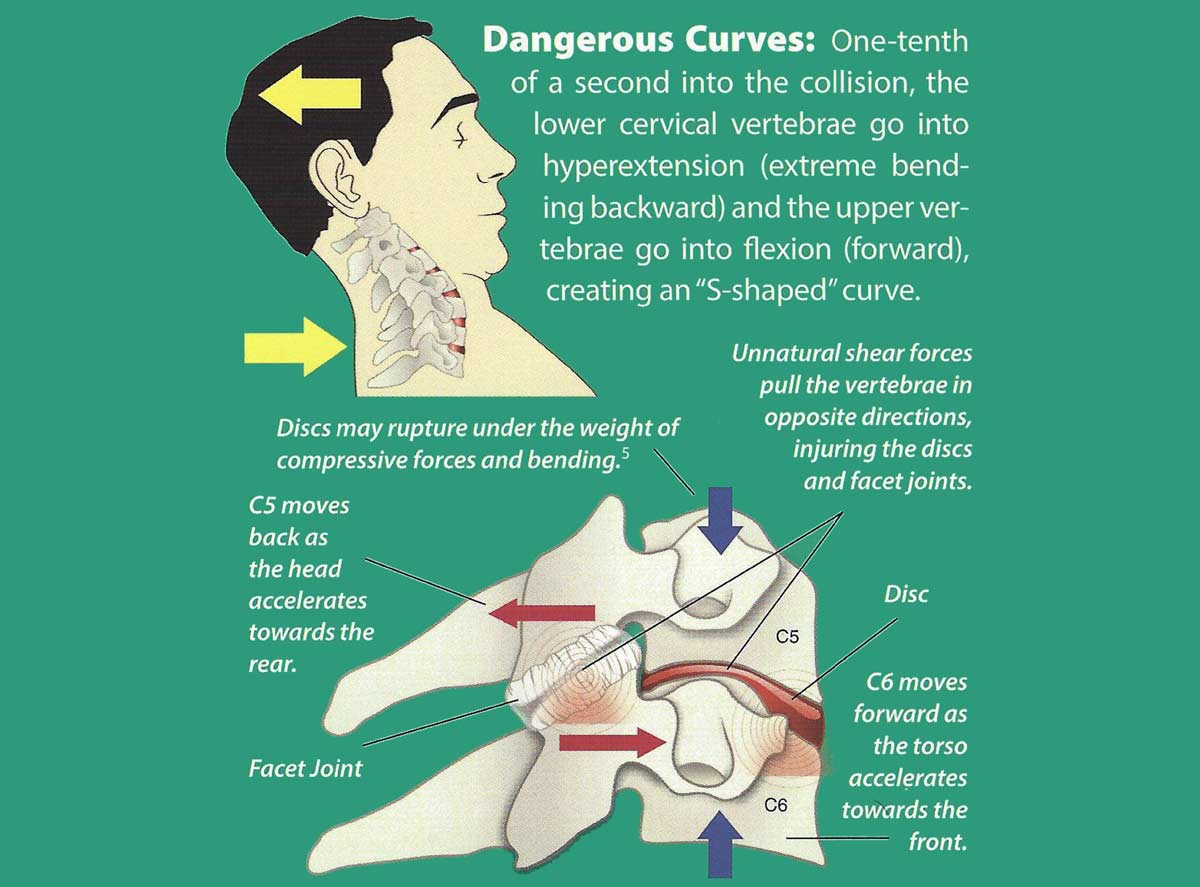
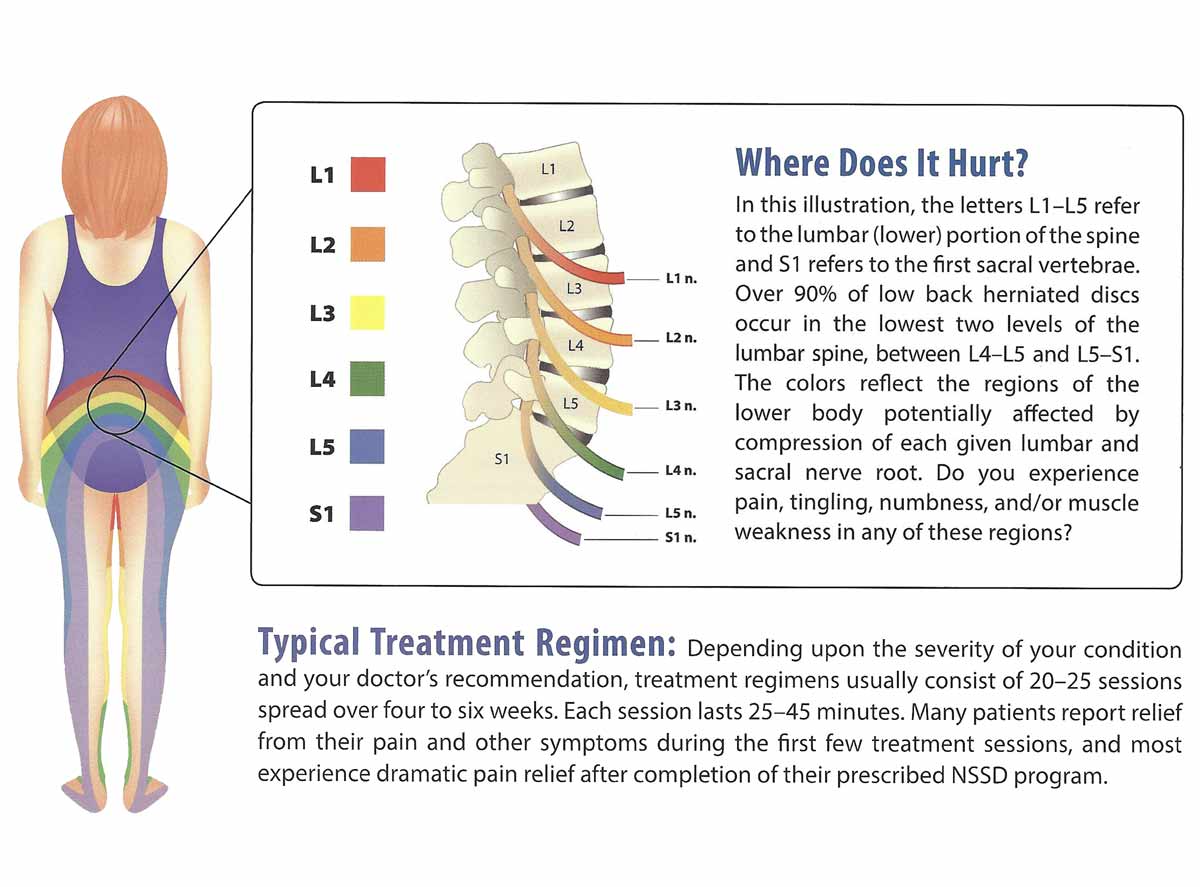
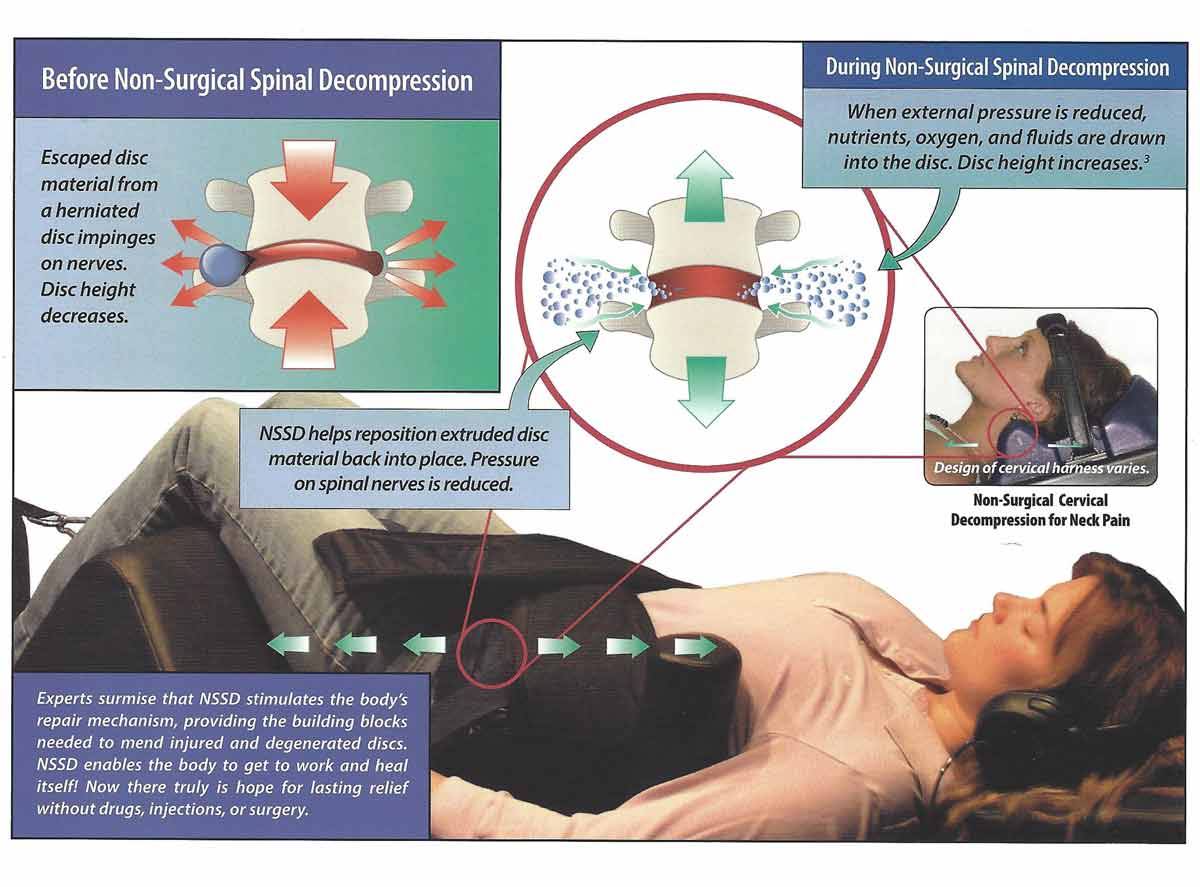
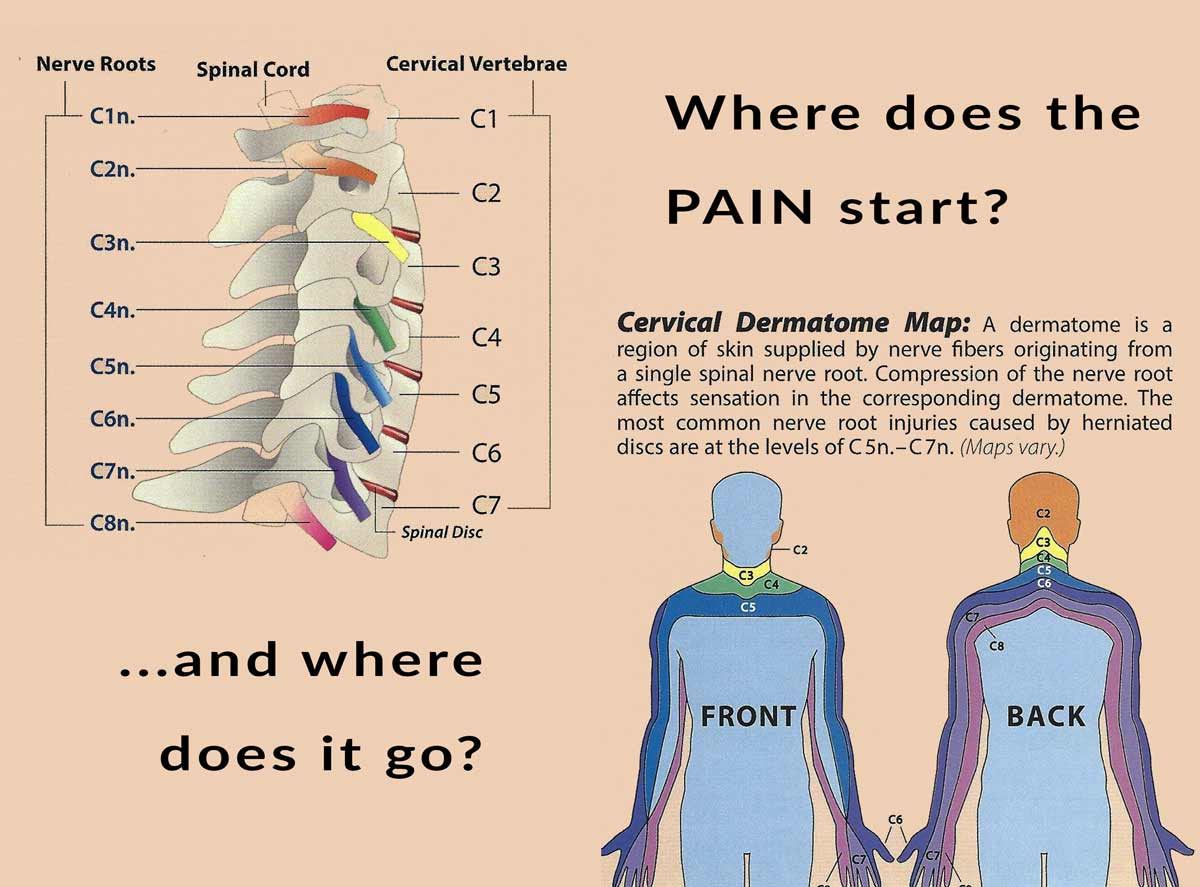
The process itself is not typically painful. In fact, some people describe feeling immediate relief after the first session. Repeated sessions are required for long-term effects to be seen, typically between 18-20 sessions. The treatment may be used in conjunction with home exercises, adjustments, and other interventional therapies such as cold or heat therapies. These all help reduce pain and strengthening will help to prevent future damage.
Spinal decompression may reduce the need for more invasive therapies such as spinal surgery as well as prescription medications. Surgery is not only a costly option but also has many side effects. Similarly prescription medications may only mask the pain and are associated with a laundry list of side effects. Although there may be some tenderness to the area after the session, many people report relief in comparison to the pain they were experiencing prior to treatment. In terms of cost, non-surgical decompression often proves to be much less costly than surgical options.

